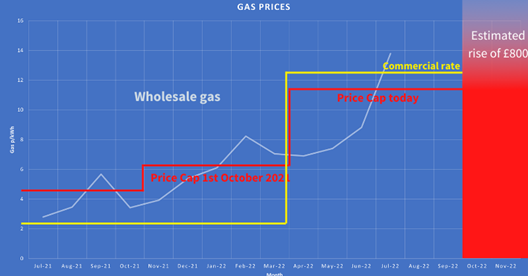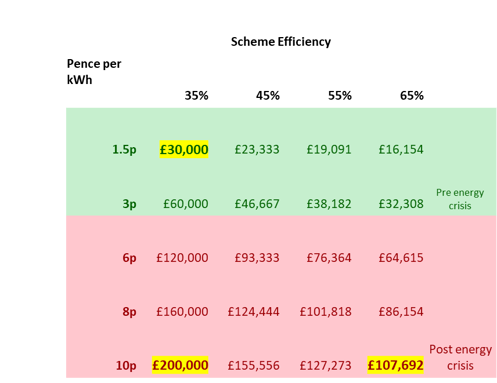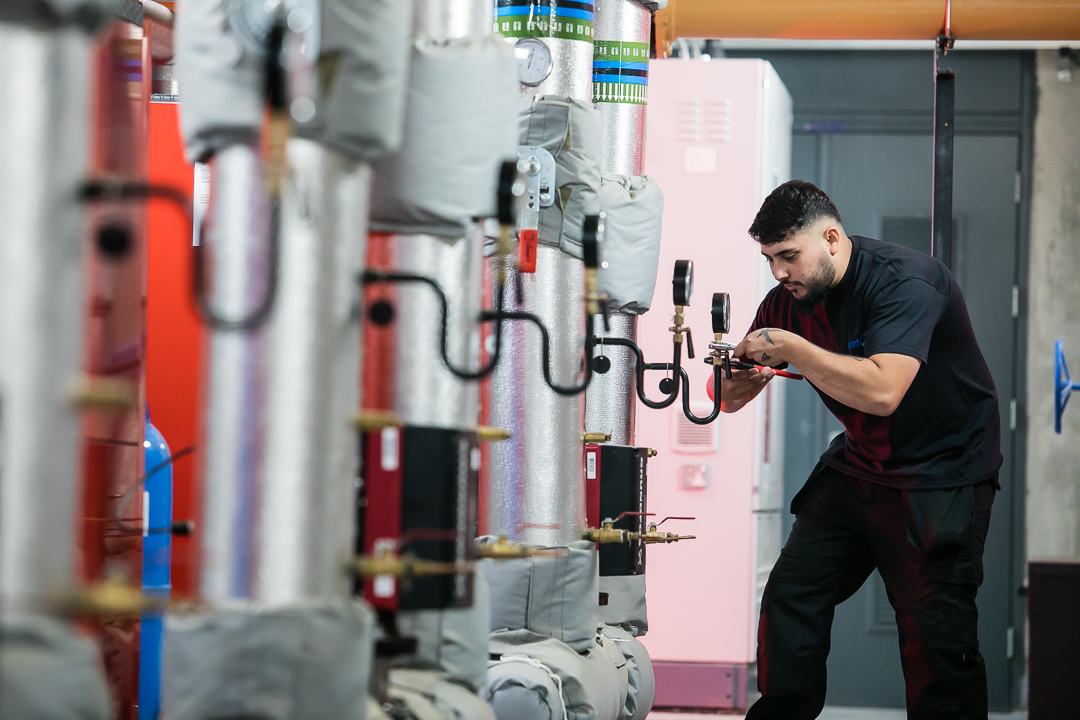Under UK Government plans to increase the amount of heat which comes from heat networks from around 2% to 18% by 2030, a much-needed paradigm shift in the way heat networks are managed and operated is beginning to take place. This means that building owners can no longer ignore poor performance.
Community and district heating is an excellent way to provide low cost, low carbon heat to multiple households. However, a lack of experienced contractors and poor operation by non-specialists has led to many heat networks in the UK underperforming. In a currently unregulated industry where consumers are unprotected from price rises and have minimal protection when it comes to customer standards, building owners previously have not had a real incentive to address poorly performing heat networks.
Why is heat network performance so important?
There is a long list of reasons why building owners need to be making the performance of their heat networks a priority. Impending regulation and gas price rises are just some of the reasons.
Gas price rises

One of the most pressing reasons to improve heat network performance is the energy crisis and the unprecedented rise in gas prices. Residents who are serviced by heat networks are unprotected by the domestic price cap, as gas for heat networks is procured through the uncapped commercial market.
Historically, commercial rate procurement of gas has been around half the cost of domestic rates, meaning that residents were shielded from domestic cap rises.
However, since August 2021, the cost of wholesale gas has increased by over 5x times, from around 2p/kWh to almost 14p/kWh.
Wholesale gas price source: cliffordtalbot.com
The rising gas prices aren’t all doom and gloom, however. They provide the perfect opportunity for building owners to improve their networks with significantly better paybacks than they would have seen pre-crisis.
Reliability issues and poor resident experience
A poorly performing heat network can have a big impact on the residents. The CMA Market Report on Heat Networks identified that issues relating to quality, and particularly reliability, have the potential to cause serious harm to consumers.
Building owners have a fiduciary duty to ensure the efficient operation and maintenance of a heat network, ensuring residents are receiving the best value for money. A poorly performing heat network simply does not offer residents the best deal, with residents often needing to pay higher charges for their energy with frequent outages.
How can I improve a heat network without large capital investments?
The million-dollar question…
Firstly, building owners must seek specialist services for the operation and maintenance of the heat network. Without specialist knowledge and understanding, it’s unlikely that the heat network is functioning, or being optimised to perform at its best.
From our own experience, heat networks which aren’t maintained with performance in mind and have a fragmented approach to maintenance contractors perform at around 40% efficient but could be as low as 35% efficient. A well-managed heat network, with a single specialist maintenance contractor looking after the whole scheme and using data to inform the maintenance activities will see the efficiencies increase to 60% or more.
In the current economic climate, with the eye wateringly high gas prices, specialist operations and maintenance pays for itself.

For example, if pre-energy crisis, a building owner was paying 1.5p/kWh for gas and the heat network was 35% efficient, the annual gas bill would be £30,000.
If building owners did not seek to improve their efficiency, post energy crisis, those who are now paying 10p/kWh, will see their annual bill rise to £200,000.
By deploying a specialist such as Switch2’s decarbonise, operate and maintain solution, building owners can start to improve the efficiency without the need for large capital investment. These small changes in the way the heat network is operated will mean that efficiency increases, the gas bill goes down and the resident experience improves.
Key takeaways
Heat network performance must be a priority for building owners. However, capital investment isn’t always necessary to see improvement. There are often interventions building owners can do without the need to spend vast amounts of money. To start the journey to a better performing heat network, building owners must:
- Understand their heat network efficiency – without this there is no benchmark to measure improvement.
- Understand what realistic potential savings could be made - Our Heat Network Efficiency Savings Calculator can help you find out how much you could save by making improvements to performance.
- Employ a specialist operations and maintenance provider who uses data to inform maintenance activity and make targeted improvements – without this your heat network can’t operate at its optimum.


